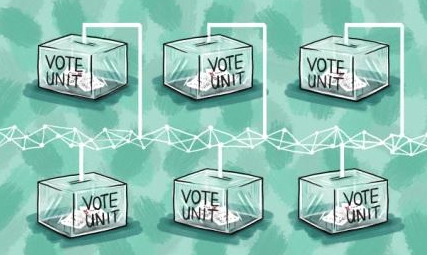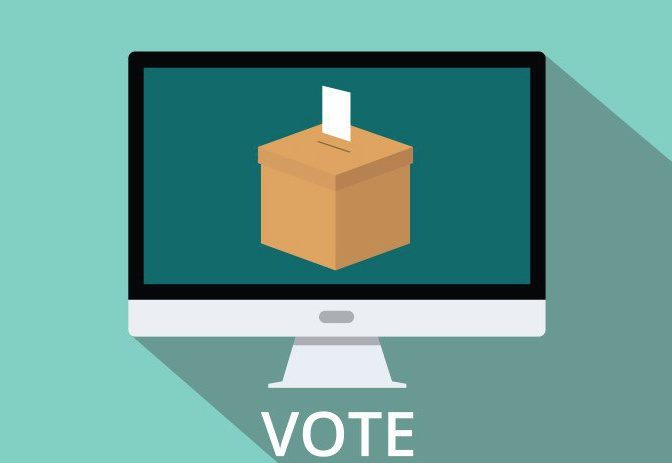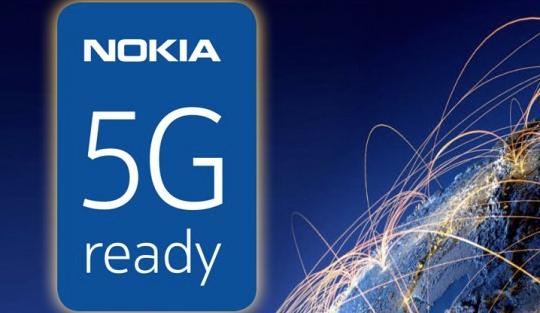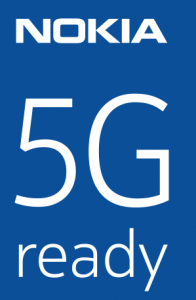The blockchain offers a secure voting tool, the result of which is transparent and auditable by everyone. Neither the voting administrator nor other individuals may modify the vote a posteriori.
At least three elements are necessary to carry out a vote on a blockchain: a programmable asset, a protocol to make the vote live; and a cryptographic key called a token, a kind of digital electoral card, to guarantee the voter’s identity.
Above each bitcoin transaction is metadata that can represent a digital asset: this asset can be a vote, a financial asset, or a physical asset (an object) that would be recorded on a blockchain, which would provide proof of existence.
A vote is a critical transaction: it must be executed quickly by the network. To do this, transaction fees are added to remunerate miners which are securing the network.
They start by processing the transactions with the highest fees and then handle the subsequent operations in descending order. If the network is saturated when a vote is a cast, minors will tend to defer this vote to the next blocks. Therefore, the idea is to put transaction fees of about 10 euro cents (depending on the bitcoin price) to be more or less sure that the network will process the vote.
The voting administrator (which may be an association, or a company organizing an AGM with its shareholders, or even a state) places as many tokens as there are votes cast on a specific protocol. It transmits these tokens to all voters, who have access to an electronic wallet to hold the tokens.
Candidates have access to a digital ballot box.
 A wallet, with a public address. When the voter issues his or her voting token, he or she transfers both the bitcoins that include transaction fees and the metadata that represents the vote. At the end of the vote, the winning candidate is the one who received the most chips.
A wallet, with a public address. When the voter issues his or her voting token, he or she transfers both the bitcoins that include transaction fees and the metadata that represents the vote. At the end of the vote, the winning candidate is the one who received the most chips.
To complete this process, a digital electoral map is necessary to ensure that whoever presents himself to his wallet is the owner of this wallet. One part of the key is public, the other private: you can draw a parallel in the traditional banking world with the RIB, which you can communicate to anyone, and the PIN code, which must not be shared.
The projects dedicated to voting on the blockchain are still in the experimental stage. One of them, Boule, estimates that a traditional vote costs about 5 dollars and that this cost could be divided by 2 or even 3 using the bitcoin block chine.
However, there are still some obstacles to be overcome if the vote on the blockade is to take place.
The cost of transactions: in the case of a vote of 1 million people, with transaction fees of 10 cents, the cost of organizing the vote would be 100,000 minimum…
The speed of transactions: today it is estimated at 7 transactions per second on the Bitcoin network. For example, it would take an average of 23 operations per second to get 1 million voters to vote within 12 hours.
Protection of the digital electoral map against malware attack, which could corrupt the vote. However, a parade is conceivable: not to store the cryptographic key on software but hardware, i. e. in a physical way, like the key proposed by the start-up Ledger.
We’ll see where this ends I guess over the course of the next few months/years…


 As mobile broadband traffic continues to grow, operators want to improve network performance where they see high demand – typically first deployments in dynamic urban centers.
As mobile broadband traffic continues to grow, operators want to improve network performance where they see high demand – typically first deployments in dynamic urban centers.